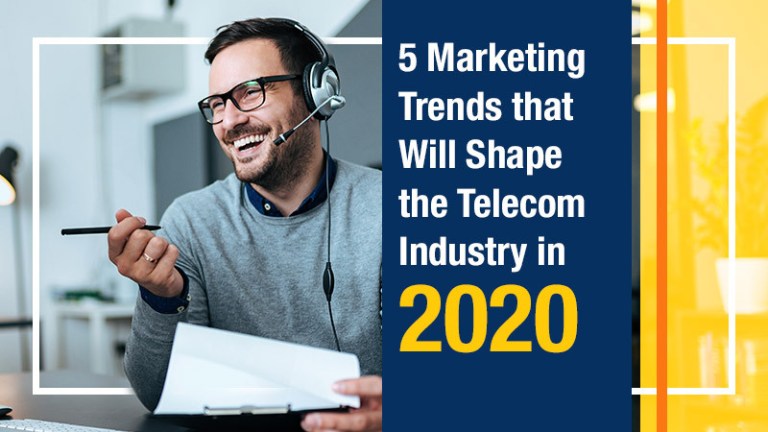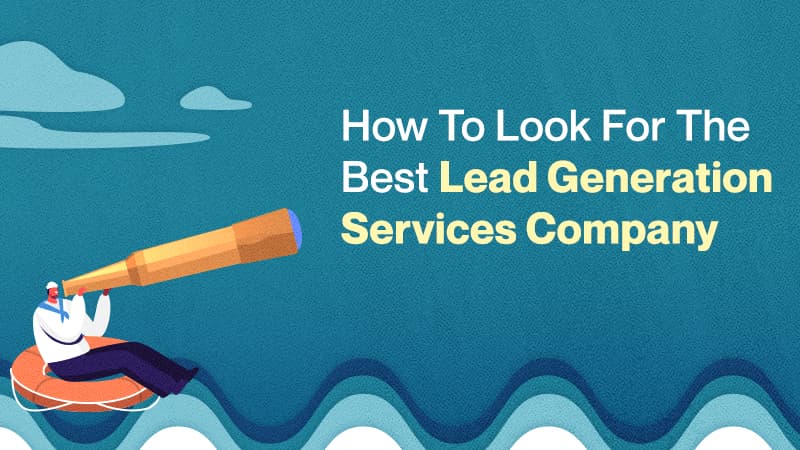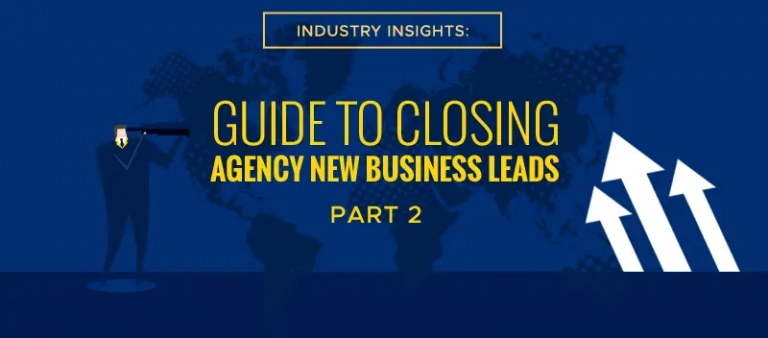2020 looks to be an exciting year for the telecommunications industry with new technologies being developed that are set to continue onwards through the course of the next few years.
It is especially crucial to be flexible in the B2B landscape. If not, companies will be left out as they become less and less competitive. Hence, different services and innovative efforts are gaining prominence such as lead generation services, database management, social media and digital marketing, and more. For marketers looking to adapt to the growing trends in B2B sales, there are a couple of things to look out for in the next strategy meeting.
Let’s take a look at the possibility of 5G networks and the role of influencer marketing in the telecom arena this coming year.
The Role of Influencers
The rise of B2B influencers is apparent in the realm of B2B, and the B2B telecom industry is not insulated from this trend. There is a prediction that as influencer marketing becomes decentralized, we will see a rise in micro-influencers that are sought out for their industry and thought leader status. This brings into light what a company is doing to encourage business leaders to promote and support their products.
Influencer marketing is changing the way we view promotion.
It is undeniable that influencers bring about a sense of social proof that reiterates the benefits of a product or service that they are supporting. This automatically increases the goodwill of what they are supporting, giving the notion that “if it’s good enough for the expert, it’s good enough for me.”
As early as now, companies who are heavily invested in their B2B marketing have to take advantage of the role of influencers in promoting the products that they are marketing. This can be as easy as tapping the people or business leaders that your prospects are actively listening to, and making sure that you are linked to their thought leaders to rally in support of your offering.
Related: The 2019 Callbox Influencer Awards: Meet This Year’s Winners
The Rise of 5G Communications
There is much hype over 5G communications, and there’s much reason for it. In today’s ever-connected world, there is a growing demand for faster protocols for data transfer. There is an increasing demand to be connected with high-speed data access to power up data-hungry needs, such as high-definition video broadcasting and streaming.
5G also seems to be a promising stepping stone for IoT devices that have to perpetually connect to the internet to fully live their purpose.
Companies who are dealing heavily with telecoms or communications, in general, have to have their marketing plans ready by the time 5G kicks in. By being able to prepare for the technology to come or having 5G available processes, one can take advantage of the new marketing that is coming up for grabs.
Artificial Intelligence, Machine Learning, and Automation
Even if it’s just chatbots, your company has to lead the way when it comes to marketing automation. Not only does it emphasize superior customer service and savings when it comes to manpower, but it also reiterates a company’s commitment to new technology.
Here’s what.
The telecoms industry is akin to the tech industry, if companies wish to survive, they must not only rely on producing platforms that are of superior reliability, but they also have to be continuing to push the boundaries and limitations of current technology. This allows prospects and existing clientele to recognize that a company is ready for the future.
Current investments in AI and machine learning can allow for more efficient products to be created and if integrated into current offerings can give a company an edge over the competition.
Related: Sell Smarter with these 6 Email Marketing Automation Workflows
The Shift in Realities
VR and AR can prove to be useful in showcasing a company’s unique selling proposition, and it’s a great presentation strategy given that a company is taking advantage of new technology – just like in our previous example.
It is a way of providing an alternate form of content for one’s customers.
VR can be used to give virtual tours while AR can be harnessed to build tools that analyze live images and provide commentary.
Content Marketing
We cannot stress this hard enough, but your potential customers are exposed to content daily, and it is only natural that an engaging content strategy is used to turn them over to your side. Whether it is providing whitepapers, case studies, or even tutorials on technology, you are dealing with tech-savvy people who want to be in the know.
Make sure that you have a well-developed content marketing strategy that you can quickly assimilate within your market. While you’re at it, it pays to know that your content has to be on platforms that your customers are frequently on.
Related: The Lifecycle of MSP Leads: Using Content to Convert MSP Buyers
There are a lot of growing trends in the world of B2B telecommunications, but they all rely on the fundamentals of this niche: technology and proper lead nurturing, by being able to provide reliable technology with a focus on the customers, one may be able to expand properly into the future.
Grow your existing channels of marketing communications from properly built pipelines to smart calling. There are a lot of things you can do today.




